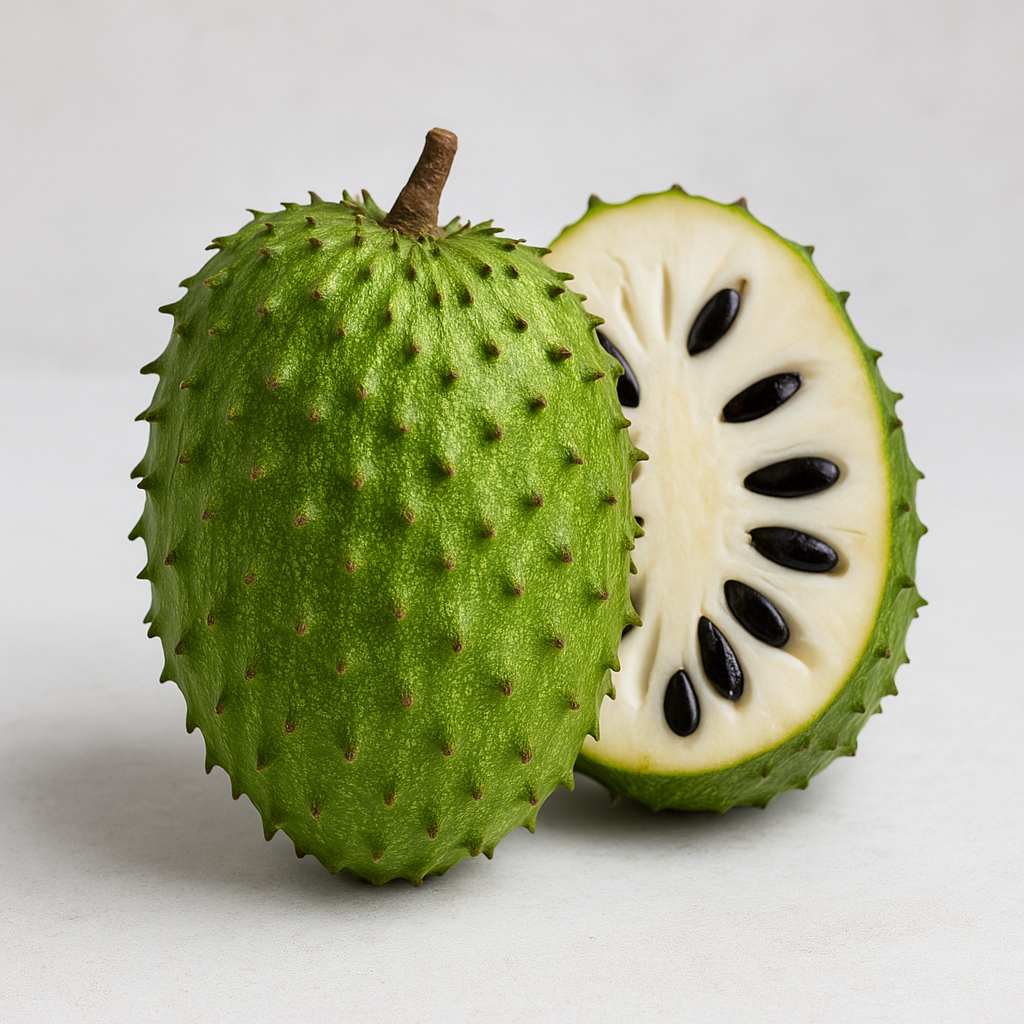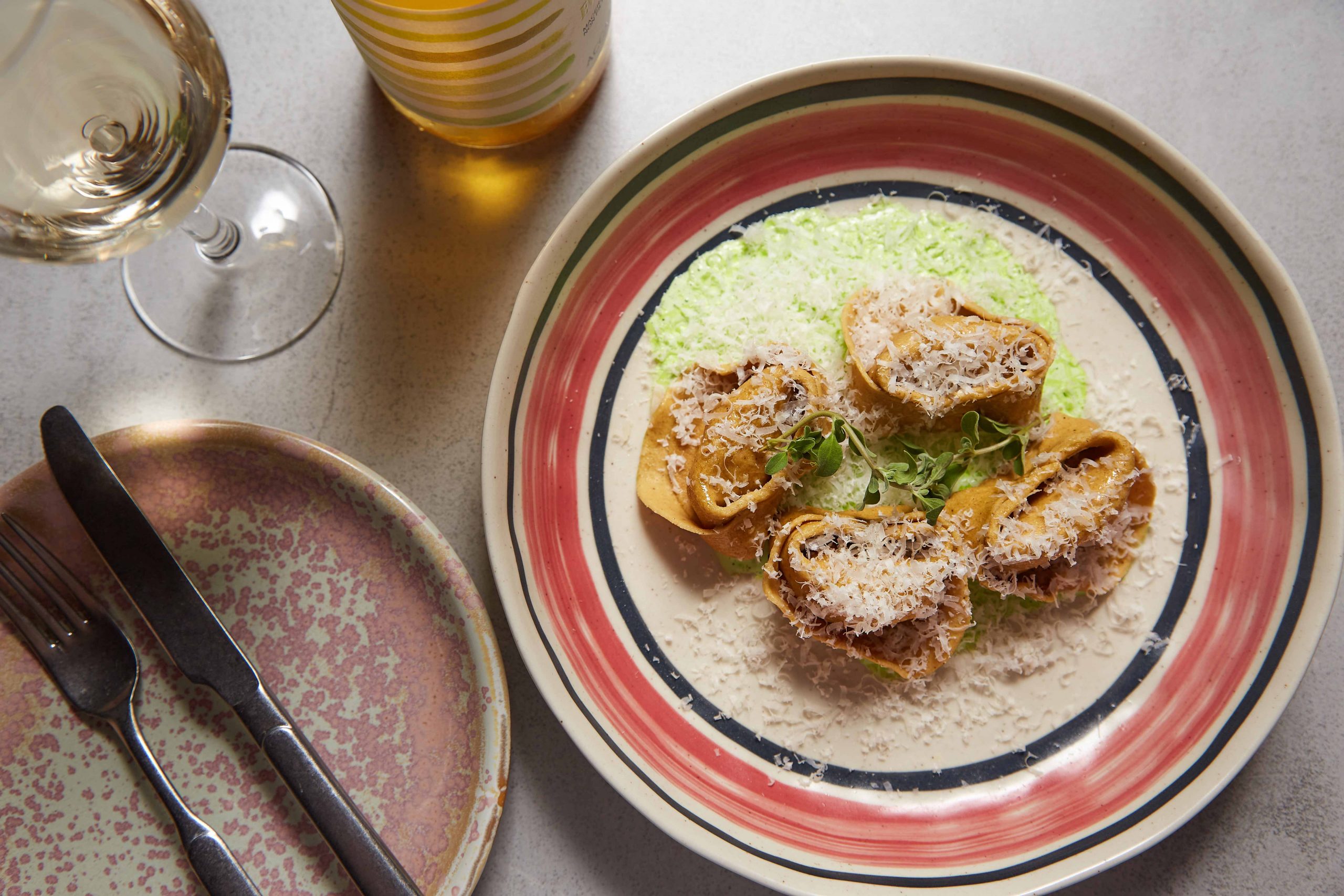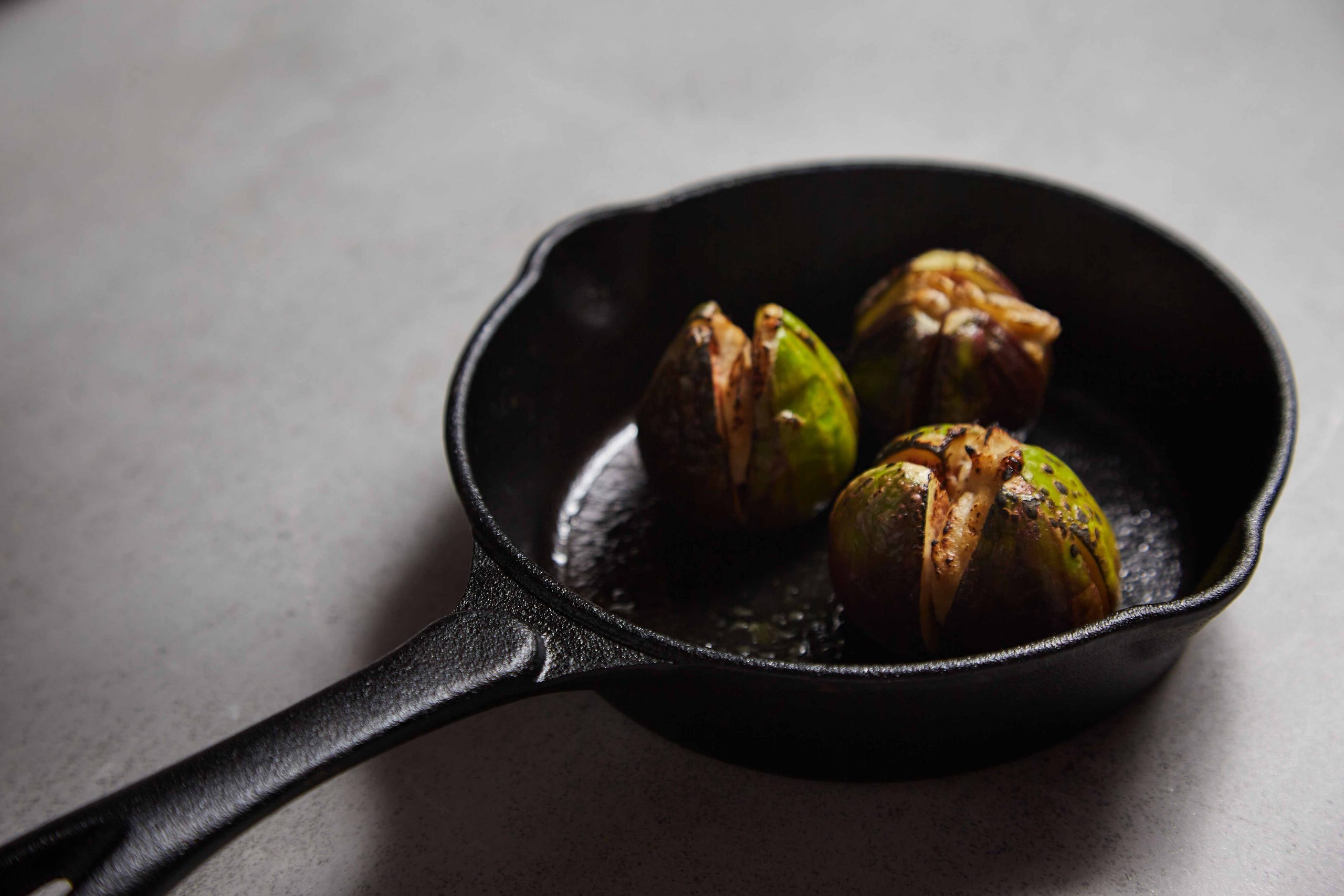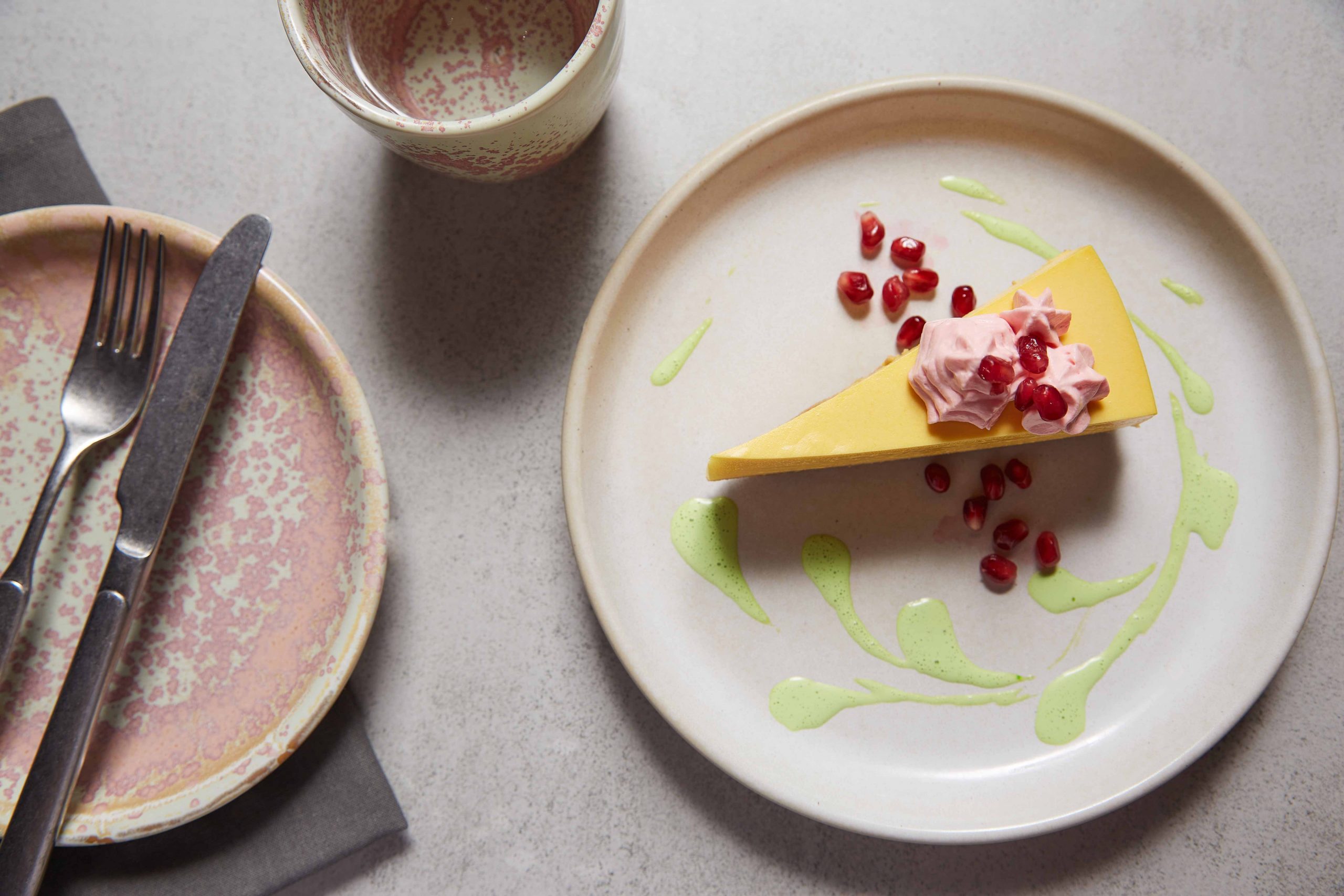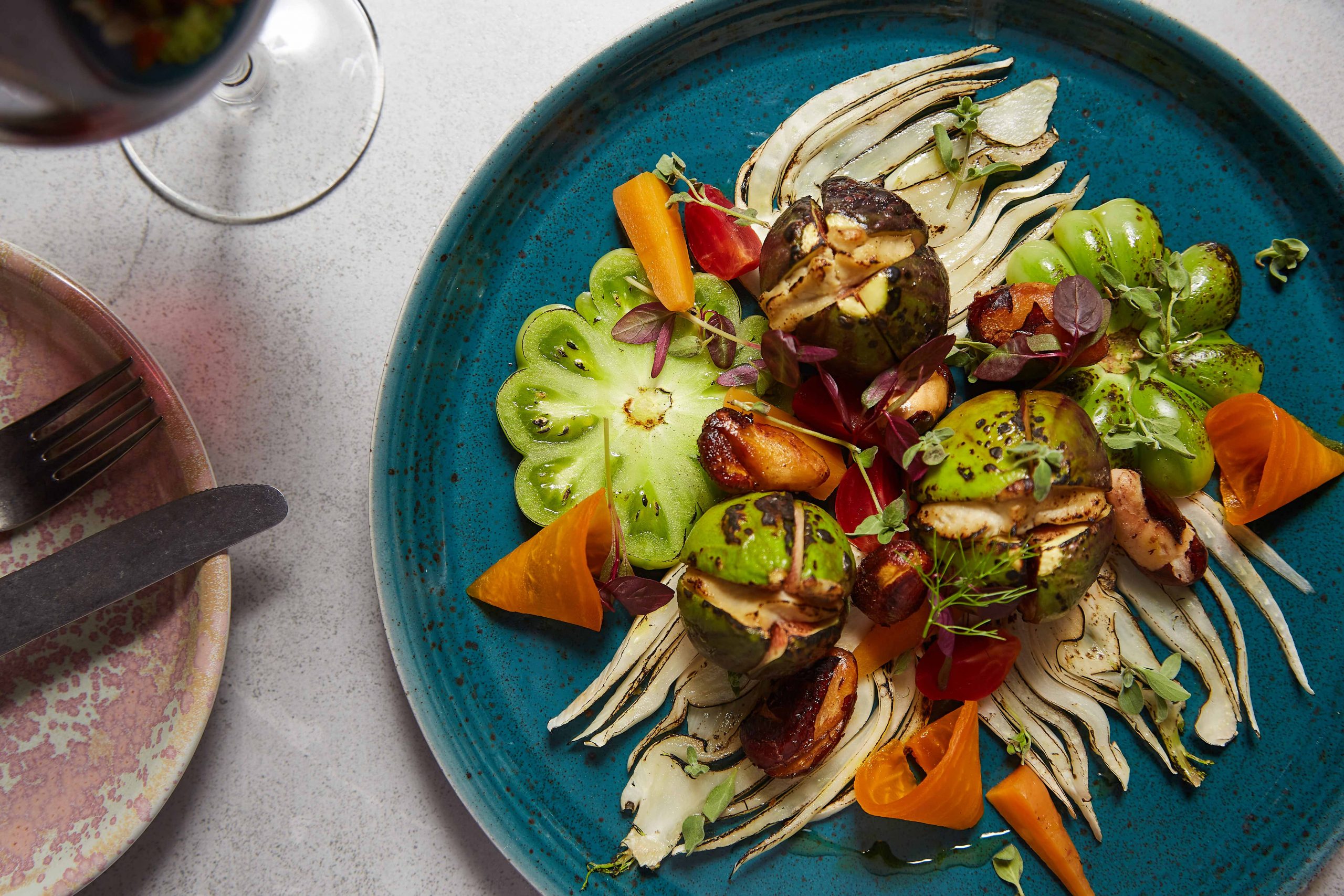Beyond the Superfood Hype
Let’s be honest: Most so-called “superfoods” are just an expensive fad. The real superfood is fresh, whole food. Nothing beats eating actual fruits and vegetables instead of processed alternatives, which is why all fresh produce deserves that title.
But then there’s graviola. This one actually lives up to the hype.
What Traditional Medicine Taught Us
Indigenous communities throughout the South American rainforest have used graviola for centuries to treat everything from infections to arthritis and depression. While traditional folk medicine uses are interesting from a cultural and historical perspective, modern research continues to study various compounds in graviola.
What the Research Shows
Cancer Research UK says on its page on graviola: “In laboratory studies, graviola extracts can kill some types of liver and breast cancer cells. These cells are resistant to some chemotherapy drugs. A more recent study showed that graviola pulp extract has an effect on prostate cancer cells in mice.”
Another site, the National Institutes of Health, on anticancer properties of Graviola: “In a rodent in vivo study, graviola leaf extract inhibited 59.8% of pancreatic cancer growth of cells and their metastasis induced by CD18/HPAF cells”
This is very important to note: these are early days, and research is ongoing. However, the results so far suggest those centuries of traditional use weren’t just folklore.
A Chef’s Love Affair with Graviola
Here’s the thing: I don’t cook with graviola because of its health benefits. I cook with it because I’m absolutely smitten with this fruit. Most people don’t know what to do with graviola’s natural sourness. They drown it in sugar—which completely kills its incredible aromatics and complex flavours. That’s like putting ketchup on wagyu beef.
When you taste graviola properly, it’s pleasantly sour with an aroma that transports you to an exotic garden in some fantasy realm. Its other Latin name, guanabana, sounds like a Brazilian dance. That’s exactly the kind of joyful energy this fruit brings to a dish.
Cooking with Nature’s Gift
In my kitchen, I don’t treat graviola as just another fruit. I use it as the sour element that can elevate both savoury and sweet dishes. It’s incredibly versatile—graviola pairs beautifully with earthy vegetables like celeriac, parsnip, and carrots. The combinations create unexpected flavour profiles that surprise and delight.
For something lighter, try it with pear in a smoothie using coconut milk as the base. The contrast between graviola’s tartness and pear’s sweetness, mellowed by creamy coconut, is pure magic.
Experience Graviola at Oliveira Kitchen
This season, we’re featuring graviola in several of our dishes. We showcase both its unique flavour profile and its incredible versatility. Come taste what centuries of South American tradition and modern culinary innovation can create together.
Because some ingredients aren’t just food—they’re experiences waiting to happen.
—
By the way, after much gentle bullying, our chef finally caved and made his own Instagram account. He’s absolutely terrible at it (imagine a capuchin monkey from Brazil trying to text back), but if you’d like to join in the chaos, go ahead and follow him. Once he figures out what all the buttons do, he promises to post more. Here’s his page:
